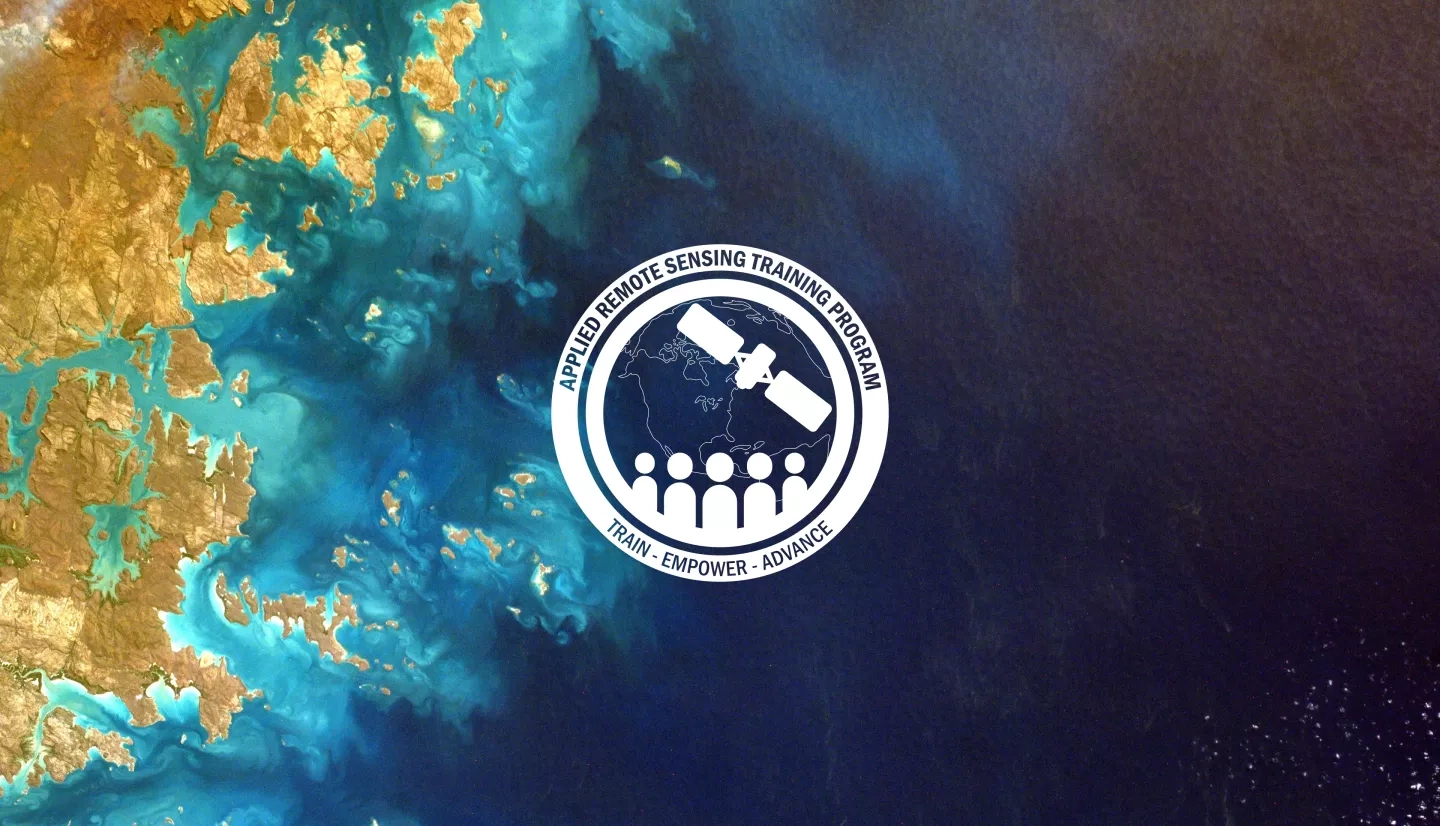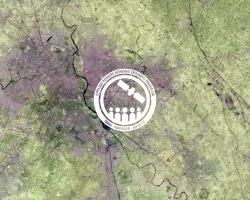Description
**UPDATE** UN Biodiversity Lab has been updated. Please refer to this training for the newer version.
Using the UN Biodiversity Lab to Monitor the Pulse of the Planet
This training, offered in partnership with the UN Development Programme (UNDP), teaches participants about global biodiversity-based uses of remote sensing.
As we enter the fourth industrial revolution, technology is revolutionizing our ability to map nature. Satellite data provide a bird’s eye, yet incredibly detailed view of the Earth’s surface in real-time, while drones and mobile apps enable local communities and indigenous peoples to map their knowledge of local ecosystems. To support policymakers to develop data-driven sustainable development solutions, UNDP, the United Nations Environment Programme (UNEP), and the Secretariat of the Convention on Biological Diversity (CBD) launched UN Biodiversity Lab, with funding from the GEF and support from MapX, UNEP World Conservation Monitoring Centre, Global Resource Information Database - Geneva, and NASA. The UN Biodiversity Lab is an online platform that allows policymakers and other stakeholders to access global data layers, upload national datasets, and analyze these datasets in combination to provide key information on the CBD’s Aichi Biodiversity Targets and on the nature-based Sustainable Development Goals. Already in use by over 50 countries, as well as utilized as the key decision support system for two NASA-funded applied science projects, the UN Biodiversity Lab has high potential to be scaled up to reach new ministries and countries and stakeholder groups.
There is a global demand for more NASA ARSET trainings focused on biodiversity, conservation, the UN Sustainable Development Goals (SDGs), and how to link NASA satellite data to ecological and human-influenced systems. This training aims to fill that gap by extending the influence of this NASA-supported tool and increasing its dissemination, use, and overall success. UN Biodiversity Lab makes global datasets on biodiversity and sustainable development easily accessible, supporting our broad audience.
By the end of this training, attendees will:
- Understand key global biodiversity and sustainable development policy instruments (CBD, UN Framework Convention on Climate Change (UNFCCC), the 2030 Agenda for Sustainable Development) as they relate to conservation efforts
- Have knowledge of spatial data on biodiversity and sustainable development, including data generated by NASA projects
- Be familiar with the UN Biodiversity Lab structure, data, and tools
- Have the ability to apply UN Biodiversity Lab tools to their region of interest
- Utilize case study examples from multiple partner countries as context for their work
National policymakers involved in conservation and sustainable development commitments to the CBD, UNFCCC, and 2030 Agenda.
- Three 90-minute sessions offered in English, French, and Spanish
UN Biodiversity Lab has been updated. Please refer to this training for the tour of the newer version.
Using the UN Biodiversity Lab to Monitor the Pulse of the Planet
Attendees that do not complete the required prerequisites may not be adequately prepared for the pace of the training.
Additional Resources:
- UN Biodiversity Lab Brochure: English | French | Spanish
- UN Biodiversity Lab Online User Guide & FAQs. Available only in English.
- UN Biodiversity Lab User Guide: English | French | Spanish



